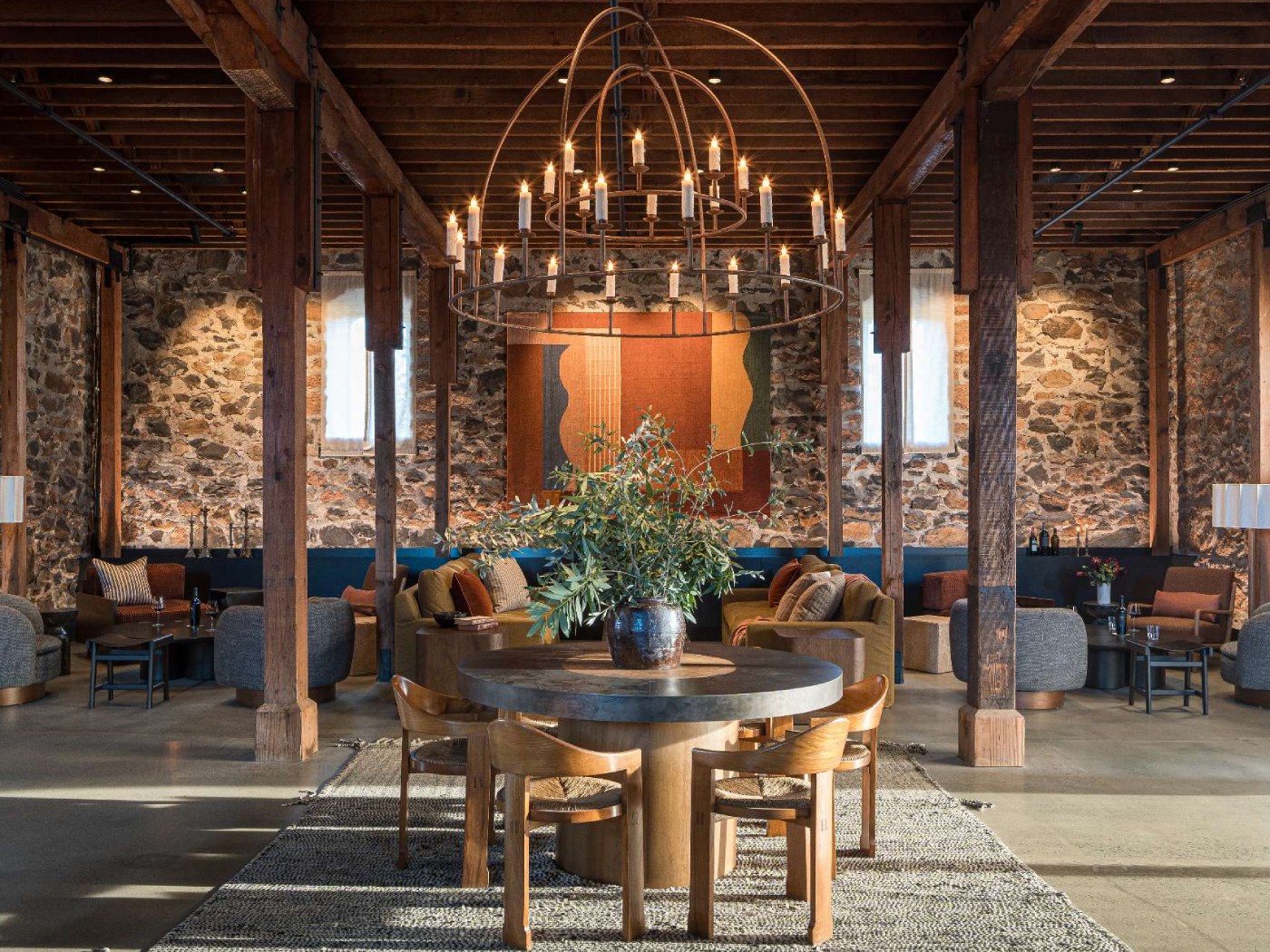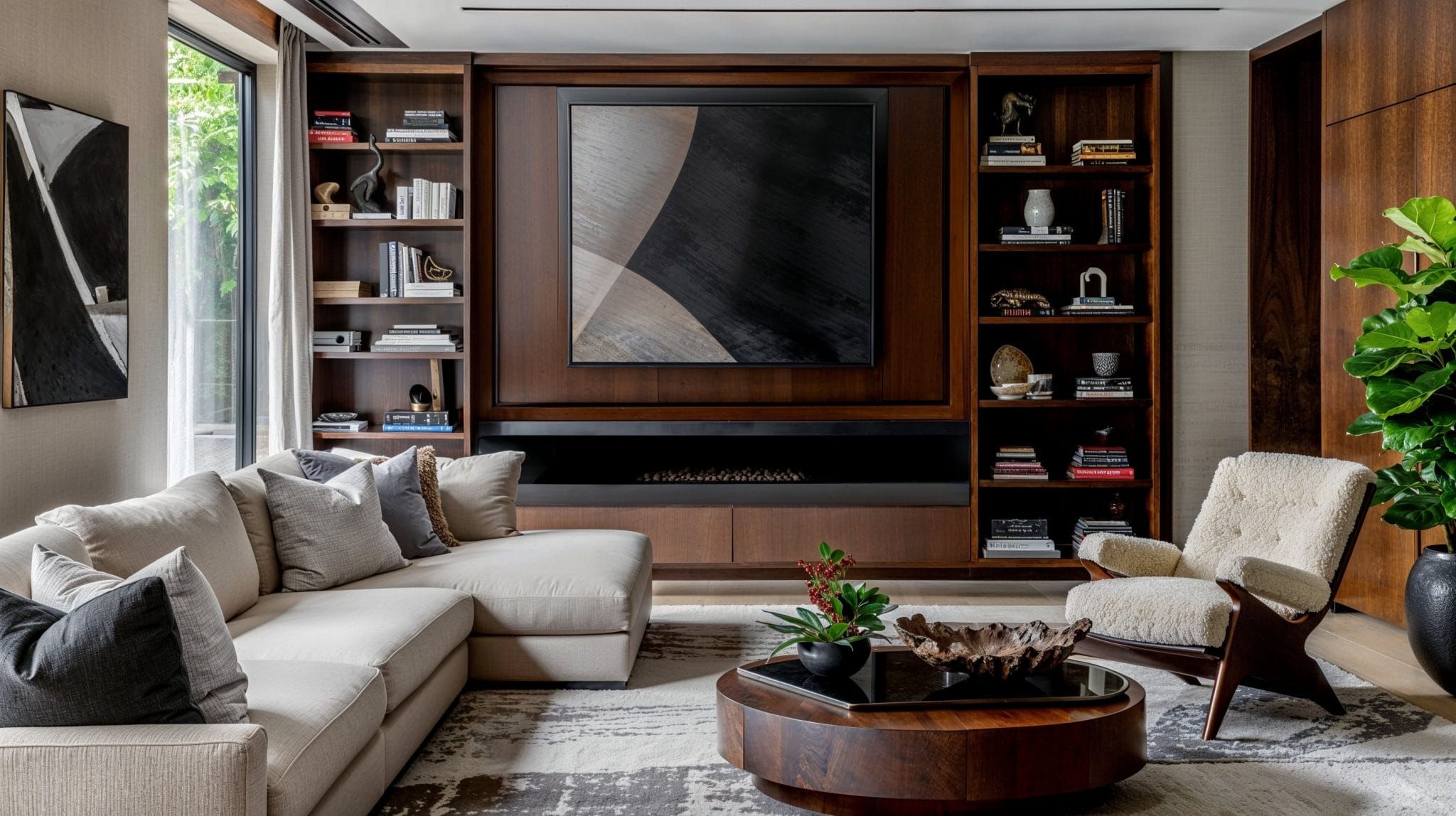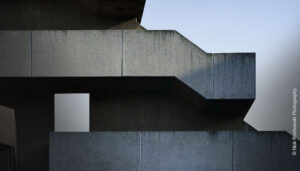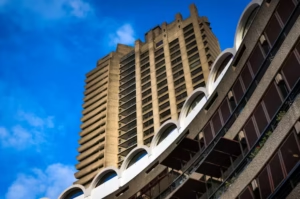As 2025 draws near, modern homes are more than just shelters—they are immersive spaces that combine aesthetics, functionality, and innovation. This blog explores the most intriguing trends and ideas influencing modern residential architecture and interiors in 2025, providing inspiration for architects, designers, and homeowners alike. The field of residential architecture and interior design is changing quickly due to technological advancements, sustainability concerns, and shifting lifestyles.
Nature at Home: Sustainable & Biophilic Design
Large windows, green walls, and organic materials link interior spaces to nature, enhancing mood and health. Biophilic design is still very much in vogue.
Low-impact materials like eco-paints and salvaged wood are becoming more common in homes, as are passive design techniques that maximise light and ventilation while consuming less energy.

Image source homebriefings.com
Embracing Shapes: Soft silhouettes and curves
Rounded furniture and architectural curves—sofas, arches, and entrances that encourage touch and relaxation—are replacing sharp lines.
Comfort and fluidity are evoked by this tendency towards organic shapes, which is obviously a step towards more tactile and compassionate environments.

Studio Infinity employed curves in the design language of this office space as a response to the existing site. Photo: Yogesh Mahamuni.
Textural Richness: Each Surface Has Depth
The use of textured walls, ceilings, and finishes is popular; 3D treatments, wood panels, plaster, and limewash all provide layers of tactile and visual interest.
Interiors seem calm, comfortable, and firmly grounded when paired with earthy, grounding colour schemes like sages, terracottas, mocha browns, and warm neutrals.

Photographer: Stevie Campbell Creative
Emotional Style: Maximalism & Dopamine Décor
Today’s homes are welcoming expressionism and are far from being sterile. In contrast to drab minimalism, dopamine decor—fun, colourful, and emotionally stimulating spaces—is becoming increasingly popular.
Maximalism is back, though, with layered textiles, intricate patterns, and carefully chosen displays that tell individual tales.
![]()
Image source Pinterest.com
Technology in Harmony: Intelligent yet Unnoticeable
Homes of 2025 are subtly intelligent, with security, climate, and lighting control systems that mix in perfectly with the design.
Adaptive furniture, such as modular storage or desks that can be transformed, improves functionality without adding extra clutter.

Image source virajinteriors.com
Architectural Character: Artisanal, Global, and Vintage Influences
Whether it’s Pakistani interiors with brass, carved wood, or Persian rugs, or international pairings like mid-century minimalism with Art Deco or coastal elements, designs honour cultural diversity.
Homes that feel ageless and incredibly personal are produced by mixing modern elements, texture, and heritage.

St. Helena, California, Designed by Hawkins Interiors, with architecture by Backen & Backen
Wellbeing Within: Environments that Support
Wellness is given first priority in 2025 architecture, which includes areas for meditation, spa-like bathtubs, and ambient lighting that is synchronised with the cycles of nature.
Comfort and tranquilly are reinforced by sensory design, daylighting, and air quality.

Image source mechdb.com
FAQs
Q1: In 2025, what will constitute contemporary residential architecture?
It’s a well-balanced combination of sustainability and style—responsive and soulful homes are produced through biophilic integration, adaptive design, and cultural authenticity.
Q2: Is minimalism losing ground to curved designs?
Indeed. Soft silhouettes, organic contours, and curved forms are favoured for their hospitable appearance.
Q3: In 2025, would homeowners still choose minimalism?
While minimalism is still present, it has been tempered by “warm minimalism,” which incorporates richer hues and organic textures.
For people who yearn for emotional connection and character, maximalism and dopamine décor also thrive.
Q4: How can intelligent technology be incorporated without causing design disruptions?
Adaptive furniture and smart systems—hidden controls, artificial intelligence, and modular features—are becoming more and more discrete, providing comfort without sacrificing style.
Q5: How can designers strike a balance between market appeal and individual expression?
In order to achieve harmony with wide appeal, they employ classic, warm hues and textured textures while letting vintage items and startling accessories contribute unique flair.
Conclusion, breathing interiors and living architecture
Recognising what is fading out is just as vital as celebrating what is in. Designs with depth, texture, and personality are replacing mass-produced, impersonal furnishings, excessively staged homes, and ultra-minimalist white-on-white interiors. The feeling of a sterile “showroom” is replaced by homes that are layered, lived in, and cherished.
By 2025, cultural authenticity, emotional well-being, and climate-conscious decision-making will be fundamental rather than optional. Home’s future is deliberate, slow, and incredibly human.
For more blogs like this CLICK HERE
References
10 Hottest Residential Architecture Design Trends to Watch for 2025
The Future of Interior Design | ArchDaily





